The LNW System Expansion
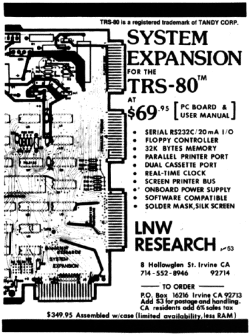
System Expansion advertisement from the January 1980 issue of 80 Microcomputing
The LNW System Expansion was a popular alternative to the Radio Shack Expansion Interface. Introduced in 1979 by LNW Research, the System Expansion was the most popular of the Expansion Interface replacements. LNW Research later described themselves as “the number one manufacturer of system expansion units and accessories for the Model I computer”.
The LNW System Expansion sold for $69.95 as a kit with a bare printed circuit board and manual. LNW later introduced the $399.95 LNW System Expansion II, which provided the same features but came assembled in a metal case.
The LNW System Expansion promised nearly complete compatibility with the Radio Shack Expansion Interface and offered the same features, such as:
- sockets for 32K of extra memory
- a floppy disk controller
- ports for two cassette recorders
- a parallel port for a printer
- a heartbeat counter for measuring time
No electronics parts were included in the LNW System Expansion package; everything else (such as resistors, capacitors, and integrated circuits) needed to be bought separately. That is why the $69.95 price was so low compared to the $299 price of the Radio Shack Expansion Interface. But the design of the LNW System Expansion was modular, which meant that an owner could build only the modules desired and only purchase the parts required by those modules. Through careful purchasing of parts, over $100.00 could be saved over the price of the Radio Shack Expansion Interface.
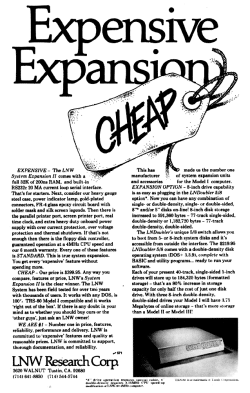
System Expansion II advertisement from the December 1981 issue of 80 Microcomputing
Although not emphasized by the advertisements, the LNW System Expansion wasn’t aimed at novice builders. The instruction manual assumed a certain knowledge of electronics and degree of soldering ability. But I know of several people who built a LNW System Expansion as their first major electronics project.
All TRS-80 operating systems and most software worked without change on the LNW System Expansion. The only major area of incompatibility involved configuration of the RS-232 board. In the Radio Shack Expansion Interface, parameters such as baud rate and parity were set in software. In the LNW System Expansion, those parameters were set using jumpers on the board. This wasn’t as big a problem as it might sound for two reasons: most people always used the same RS-232 parameters and most Radio Shack Expansion Interfaces never had the RS-232 option installed.
The LNW System Expansion had an excellent reputation among Model I owners. Unlike the Radio Shack Expansion Interface, it was considered rock-solid and reliable. Later on, the LNW System Expansion served as a component of their TRS-80 compatible computer, the LNW80.
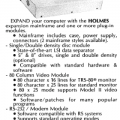
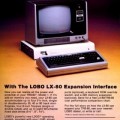
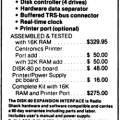
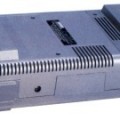










Barry says:
I loved the LNW expansion interface. This was my first big electronics project, and the fact that it was modular was perfect form me. I built each section as I needed it. First the memory, then the floppy drive interface, and finally the serial and printer interfaces. I couldn’t afford the official case for this board but someone was selling a compatible one made from fiberglass. It was open on the bottom, but it worked for me, and made a perfect monitor stand.